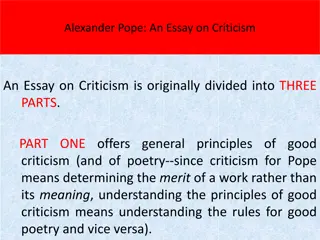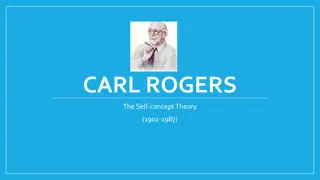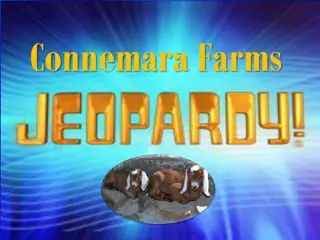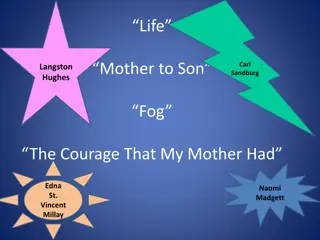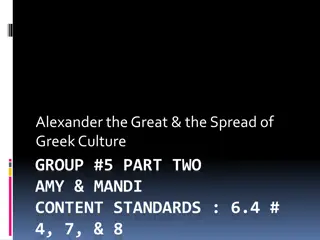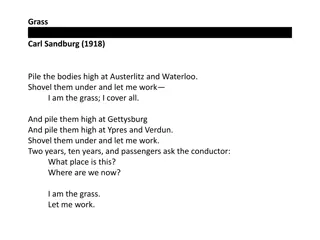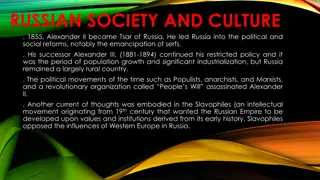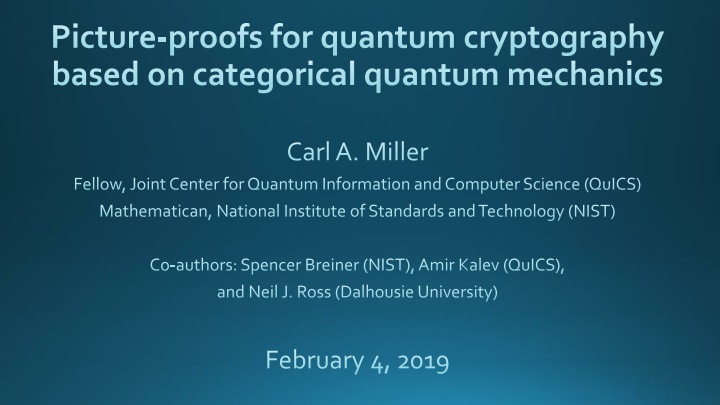
Graphical Methods in Quantum Cryptography: Insights and Applications
Explore the innovative use of picture-proofs in quantum cryptography based on categorical quantum mechanics by Carl A. Miller and team. Discover the benefits, formalization of quantum information, and advancements in device-independent quantum cryptography. Dive into the primer on quantum crypto encompassing protocols, key distribution, and more.
Download Presentation

Please find below an Image/Link to download the presentation.
The content on the website is provided AS IS for your information and personal use only. It may not be sold, licensed, or shared on other websites without obtaining consent from the author. If you encounter any issues during the download, it is possible that the publisher has removed the file from their server.
You are allowed to download the files provided on this website for personal or commercial use, subject to the condition that they are used lawfully. All files are the property of their respective owners.
The content on the website is provided AS IS for your information and personal use only. It may not be sold, licensed, or shared on other websites without obtaining consent from the author.
E N D
Presentation Transcript
Picture-proofs for quantum cryptography based on categorical quantum mechanics Carl A. Miller Fellow, Joint Center for Quantum Information and Computer Science (QuICS) Mathematican, National Institute of Standards and Technology (NIST) Co-authors: Spencer Breiner (NIST), Amir Kalev (QuICS), and Neil J. Ross (Dalhousie University) February 4, 2019
A starting point Formalizing quantum information can be hard. Picture-proofs can help. vs. From Symmetry and Quantum Information, lecture notes by Michael Walter A formal statement!
This talk Benefits: - More trust in proofs (inc. computer verification) Formal visual proofs for quantum crypto - New results, and easy extensions of old results Categorical quantum mechanics - Unification with other fields
Graphical Methods in Device- Independent Quantum Cryptography (Breiner, Miller, Ross)
Primer on quantum crypto Security for q. crypto is based on physical assumptions (rather than computational hardness assumptions). Quantum key distribution was invented by Bennett and Brassard in 1984 (building on work of Wiesner). Other protocols followed.
Primer on quantum crypto Coin-flipping, Bit commitment, Quantum money, Secret sharing, Delegated quantum computation Quantum key distribution Quantum random number generation
Primer on quantum crypto A basic goal: Prove that a prescribed protocol is indistinguishable from a simple ideal process. (Despite adversarial behavior & imperfect hardware.) 111011100 111011100
Primer on quantum crypto A basic goal: Prove that a prescribed protocol is indistinguishable from a simple ideal process. (Despite adversarial behavior & imperfect hardware.) Perfect RNG 111011100 111011100
Pictures from categorical QM state effect process trace uniform state composition tensor product duplication equality test
New features for cryptography Diagrams Sets of linear operators For example, denotes the set of quantum processes (completely positive trace non-increasing maps) from register R to register Q.
New features for cryptography Approximation chains If A and B are diagrams, then A B denotes that for every element a of A, there is an element of B that is within distance from a. (protocol) (process 1) (process2) . (ideal process)
An initial exercise It is known that you can generate an unlimited amount of randomness by alternating between two Bell experiments. We reproved part of this result. Example step:
An initial exercise We computer-verified the main approximation sequence using Globular.
Parallel Self-Testing of the GHZ State with a Proof by Diagrams (Breiner, Kalev, Miller)
The Greenberger-Horne-Zeilinger game The GHZ game (shown) can only be won using the GHZ state (McKague 10): Score if abc = 1 Score if abc = -1 Inputs (xyz) 000 +1 -1 The GHZ state is self-testing. a 011 -1 +1 101 -1 +1 c ? {-1, 1} b 011 -1 +1 x z y
Parallel Self-Testing In our work, we prove self-testing of N copies of the GHZ state. This is the first parallel result that goes beyond 2 players, and it has potential cryptographic applications [Hillery 99].
High-level view Let A, B, and C denote the quantum systems held by Alice, Bob, and Charlie. Let L denote their initial state.
High-level view The goal is to construct three isometries, acting on A, B, C separately, which bring L close to a GHZN state. Apply isometries Prepare state L States are within distance . Prepare junk state Prepare GHZN
Next Frontiers Computer software to build & verify picture-proofs. (Globular, Quantomatic, TikZiT, ?) Introduce more advanced categorical tricks. Unify quantum crypto with other fields through category theory: - Other topics within quantum. - Classical cryptography.
Picture-proofs for quantum cryptography based on categorical quantum mechanics Carl A. Miller Fellow, Joint Center for Quantum Information and Computer Science (QuICS) Mathematican, National Institute of Standards and Technology (NIST) Co-authors: Spencer Breiner (NIST), Amir Kalev (QuICS), and Neil J. Ross (Dalhousie University) February 4, 2019





